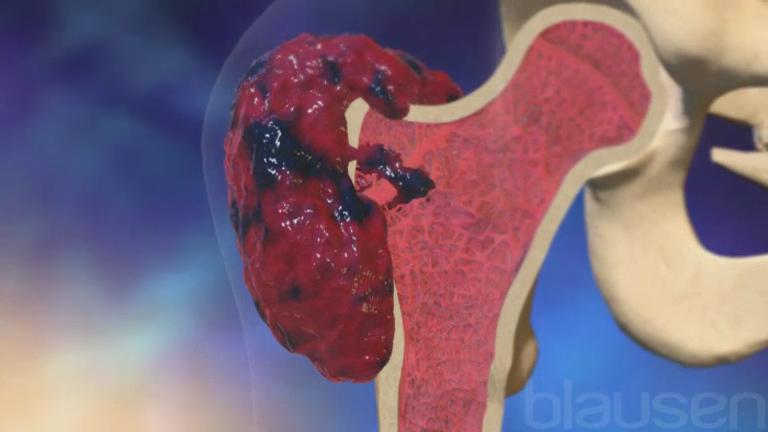
Cancer Overview
The human body is composed of millions of cells that vary in size, shape, and function. Cells are the building blocks of all the different tissues within the body. In healthy tissues, new cells are created during cell division, a process called mitosis. When cells become old, they "self-destruct" and die, a process called apoptosis. A delicate balance must exist between the rate at which new cells are created and the rate at which old cells die.
Cancer develops when the balance is disrupted and cells grow out of control. This disruption can result from uncontrolled cell growth or loss of a cell's ability to self-destruct, resulting in a mass of cells, or a tumor. A benign, or noncancerous tumor, is the erratic growth of normal-appearing cells. These cells are contained at the original site of growth. However, malignant (cancerous) cells can migrate, or metastasize, to another part of the body via the circulatory or lymphatic systems, and form new tumors at these locations.
Cancers are named after the site where the cancer began, which is referred to as the primary site. If lung cancer spreads to the brain, the brain tumor is considered metastatic lung cancer—not brain cancer. The brain tumor is considered the secondary site.